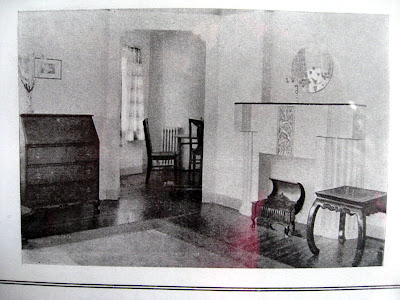This past week I have been working on a new work for Articulation's up coming exhibition in the University of Victoria's Maltwood Gallery. The ideas for this work have been developing for quite awhile, ever since Articulation did a study week on Vancouver Island in September 2007. All members are now in their studios focusing on producing their responses to what they saw in the rain forests.
This week I spent a number of hours mixing and painting squares of gouache until I came up with a colour scheme that supports the concept I want to express.
Next step was to sort through my fabrics to find those in the right hues, values and intensities that I had defined in paint. I then cut out strips in random lengths. Having this wide assortment of fabric types is an important part of the work.
All the while I was sorting the strips into piles for different parts of the work I was rejecting strips that I didn't think would work.
Next I strip-pieced the pieces into long lengths then I couched different yarns onto the strips into random organic flowing shapes.
There is lots more to be done but this is a good start on this large work. I'll keep you posted on its progress.
In the meantime, check out Articulation's blog to see how other members' work is progressing and to find out more about our study week that inspired the work http://articulationtextilegroup.blogspot.com/










































